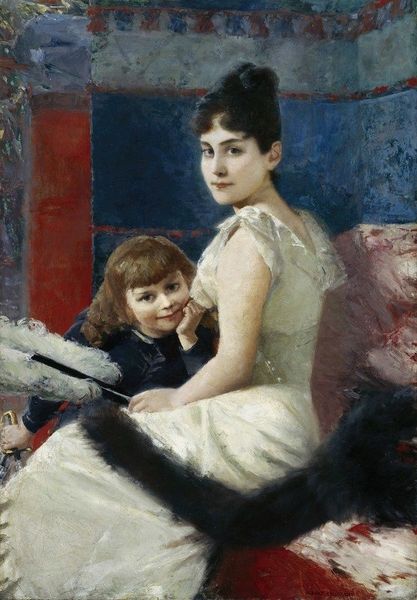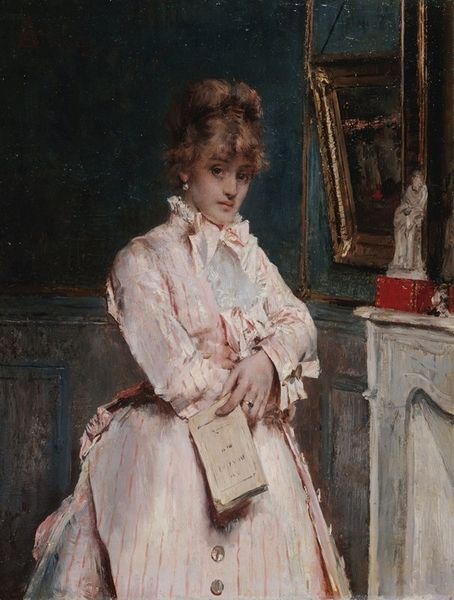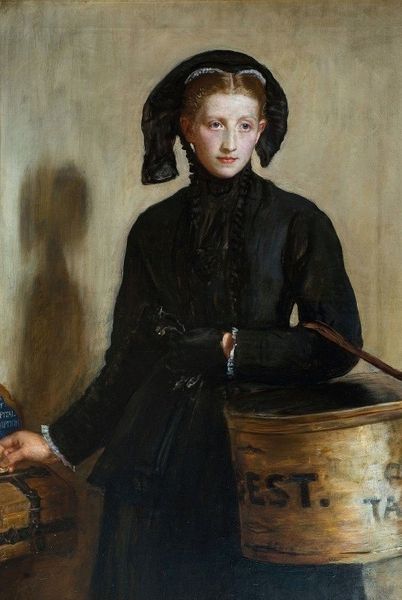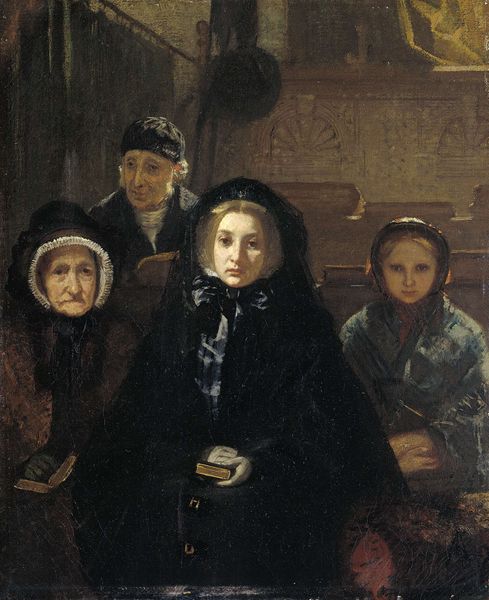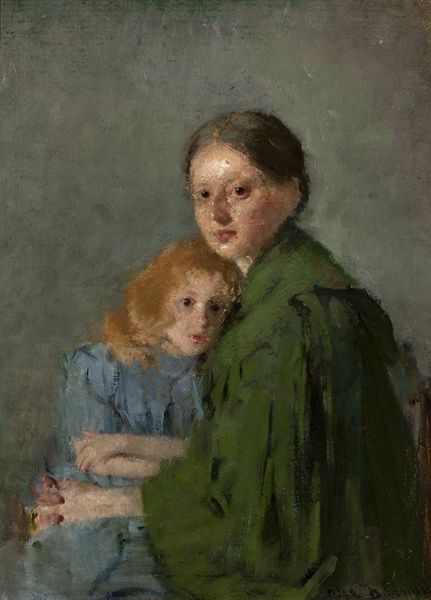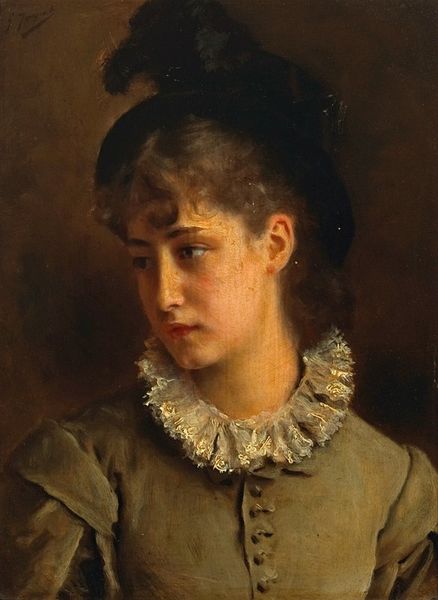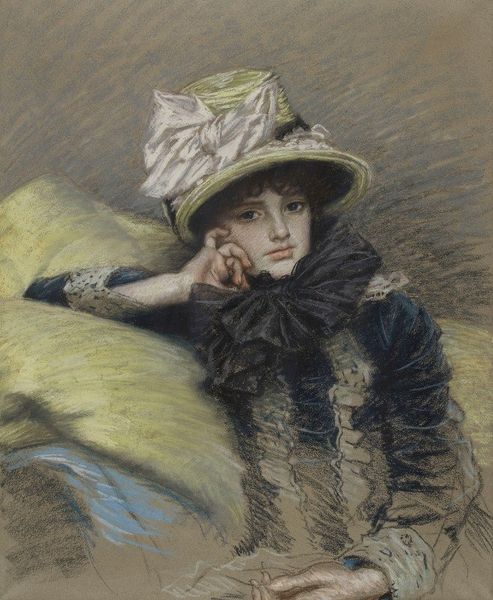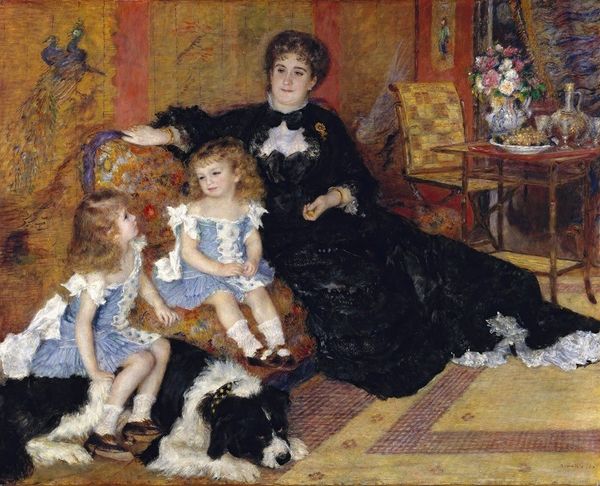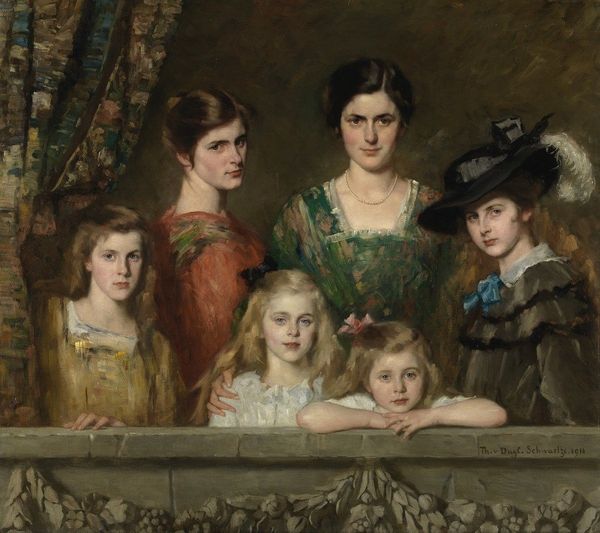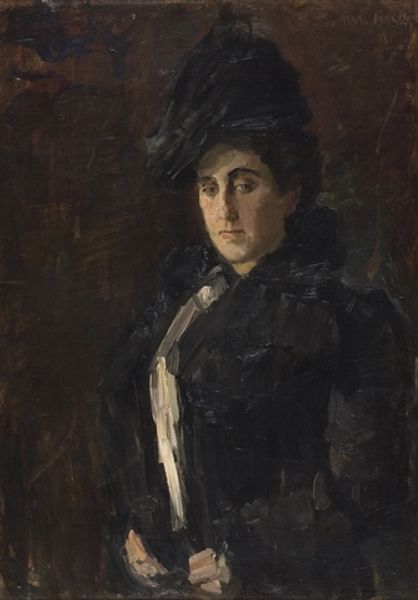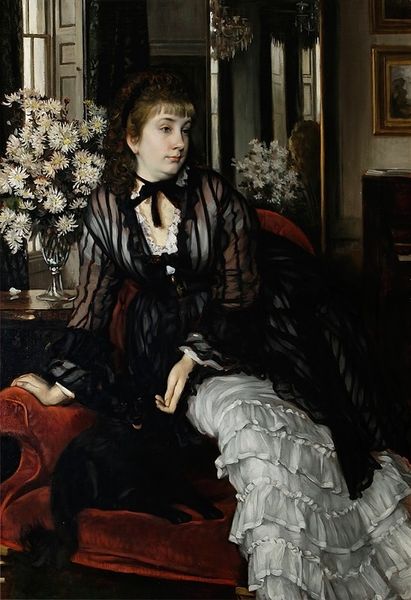
painting
#
portrait
#
figurative
#
painting
#
impressionism
#
figuration
#
genre-painting
#
realism
Copyright: Public Domain: Artvee
Anders Zorn painted this portrait of Fru Weguelin and Son in Sweden, likely during the late 19th century. Here, the artist depicts a mother and child, likely members of Swedish society's upper classes. The way they dress is clearly coded in the visual language of wealth, respectability and status. It is important to note that Zorn was a product of the Swedish art academy, a traditional institution that had long promoted academic styles and subject matter. However, he departed from these, embracing a more modern, impressionistic style and depicting contemporary life. The portrait can be understood as a reflection of the changing social and cultural values of the time, as well as the rise of a new, more cosmopolitan Swedish identity. The social history of art can really help us to explore these themes, using sources such as letters, diaries, and exhibition reviews to shed light on the meaning of the work in its original context.
Comments
No comments
Be the first to comment and join the conversation on the ultimate creative platform.



